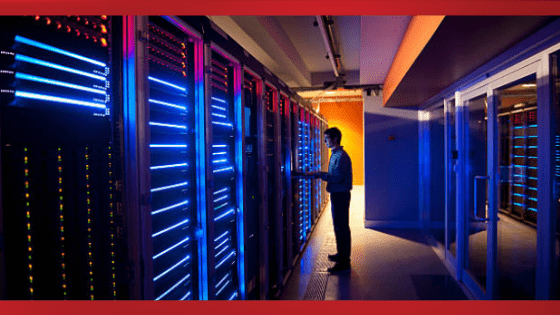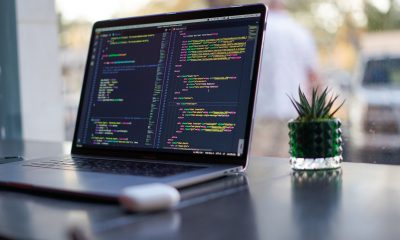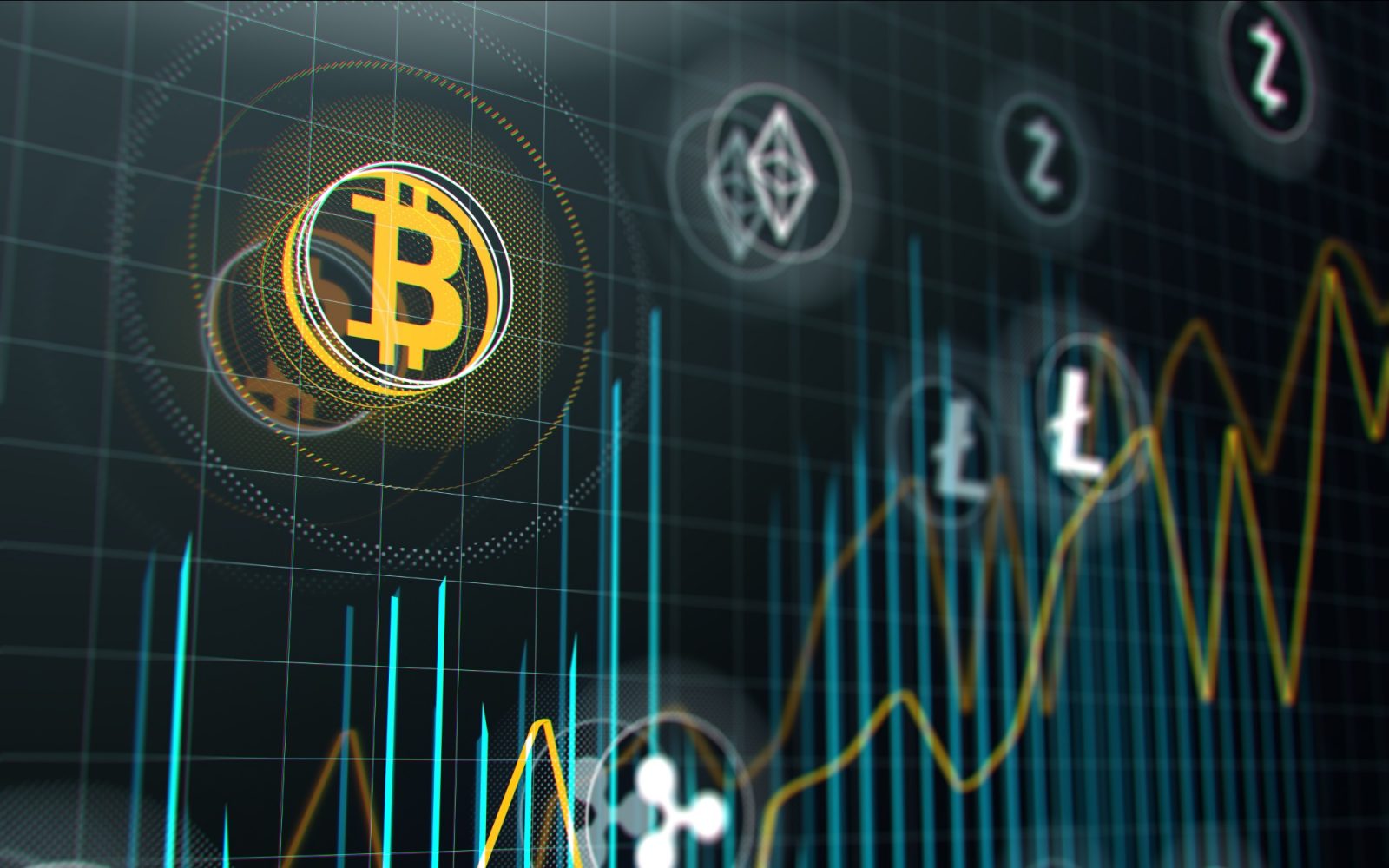Blockchain
How Accurate Are Auto Trading Bots?
Yeah, trading bots are pretty fascinating. They’re all about making trades faster and more efficiently than humans ever could. These bots use algorithms to analyze market data in real-time, decide when to buy or sell, and then execute those trades automatically. It’s pretty wild to think about how much the trading game has changed because of technology.
But, of course, there’s a lot of debate about how accurate these bots really are and how they’re impacting the market. It’s not all sunshine and rainbows; there are definitely some concerns and controversies in the mix.
Among these, the auto trade bot has gained significant attention due to its ability to carry out trading activities automatically based on pre-set criteria. But how accurate are these trading bots in reality? This article aims to shed light on the effectiveness and reliability of trading bots in various trading scenarios.
Understanding Trading Bots
Trading bots are computer programs that use various algorithms to interact with financial exchanges. They analyze market data, interpret signals, and execute trades based on predetermined criteria set by the user. The sophistication of these bots can range from basic programmed scripts to advanced artificial intelligence models capable of learning and adapting to market trends.
Factors Influencing the Accuracy of Trading Bots
The accuracy of a trading bot is influenced by several key factors:
- Algorithm Complexity: The more sophisticated an algorithm, the better it can adapt to complex market conditions. However, complexity doesn’t always guarantee higher accuracy and can sometimes lead to overfitting.
- Market Volatility: In highly volatile markets, even the most advanced bots may struggle to predict market movements accurately.
- Quality of Data: Accurate, high-quality data is crucial for the effective operation of trading bots. Any discrepancies in data can lead to incorrect trading decisions.
- Risk Management Strategies: Bots with advanced risk management features tend to make more accurate and safer trades.
The Role of Auto Trade Bots
Auto trade bots are a specific type of trading bot designed to automate the trading process. They execute trades based on predefined rules and algorithms without the need for manual intervention. The accuracy of these bots largely depends on the clarity and effectiveness of the rules set by the trader. When programmed with a well-thought-out strategy and in the right market conditions, auto trade bots can perform with a high degree of accuracy. However, it’s important to note that no bot can guarantee profits, and their performance can vary significantly due to market unpredictability.
Real-World Accuracy
- Backtesting Results: Many traders rely on backtesting – running the bot against historical market data to gauge its potential accuracy. While this can provide insights, it’s important to remember that past performance is not always indicative of future results, especially in dynamic markets.
- Live Trading Performance: The real test of a trading bot’s accuracy is observed in live trading conditions. Even bots that perform exceptionally well in backtesting might struggle in real-time markets due to unforeseen events or changes in market behavior.
- Adaptability to Market Changes: The best trading bots are those that can adapt to changing market conditions. A bot that can recalibrate its trading strategy in response to new market information can maintain a higher level of accuracy over time.
Limitations and Challenges
Despite the advances in technology, trading bots, including auto trade bots, have limitations:
- Emotional Nuances: Bots lack the ability to interpret emotional and psychological nuances that can influence market movements, such as investor sentiment or reactions to major global events.
- Technical Glitches: Software bugs, connectivity issues, or problems with the trading algorithm can lead to incorrect trades or missed opportunities.
- Market Manipulation and Anomalies: Bots might not effectively recognize or respond to market manipulation tactics or rare anomalies, which can lead to inaccurate trading decisions.
- Dependency on Specific Market Conditions: Some bots are programmed to operate optimally in specific market conditions and may not perform well outside those parameters.
Best Practices for Enhancing Accuracy
To maximize the accuracy of trading bots, traders should:
- Continuously Monitor and Update: Regularly review the bot’s performance and update its algorithms to align with current market conditions.
- Use Risk Management Tools: Incorporate risk management tools within the bot’s strategy to mitigate potential losses.
- Diversify Strategies: Avoid relying on a single bot or strategy. Using multiple bots with different strategies can spread risk and increase the chances of overall success.
- Stay Informed: Keep abreast of market news and trends. Human oversight is crucial to interpret information that a bot might not be programmed to understand.
Conclusion
Trading bots, including auto trade bots, are powerful tools that can enhance trading efficiency and accuracy. However, their effectiveness is subject to various factors like algorithm complexity, market conditions, and the quality of the programming and data they rely on.
While bots can significantly aid in executing complex trading strategies, they are not infallible and should be used as part of a comprehensive trading approach. Understanding their limitations and actively managing their operation is key to harnessing their full potential in the unpredictable world of financial trading.
-

 Manage Your Business1 day ago
Manage Your Business1 day agoTOP 10 VoIP providers for Small Business in 2024
-

 Cyber Risk Management5 days ago
Cyber Risk Management5 days agoHow Much Does a Hosting Server Cost Per User for an App?
-

 Outsourcing Development5 days ago
Outsourcing Development5 days agoAll you need to know about Offshore Staff Augmentation
-

 Software Development5 days ago
Software Development5 days agoThings to consider before starting a Retail Software Development
-
Edtech1 day ago
How to fix PII_EMAIL_788859F71F6238F53EA2 Error
-

 Grow Your Business5 days ago
Grow Your Business5 days agoThe Average Size of Home Office: A Perfect Workspace
-
Solution Review5 days ago
Top 10 Best Fake ID Websites [OnlyFake?]
-
Business Imprint5 days ago
How Gaming Technologies are Transforming the Entertainment Industry













